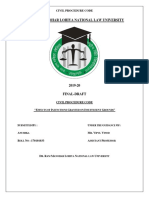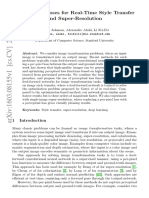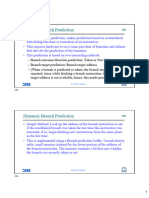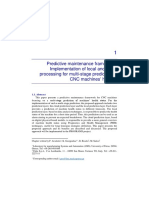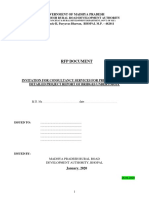0% found this document useful (0 votes)
8 views3 pagesCertainly
The document discusses the critical issues surrounding data privacy and protection in the digital age, highlighting the balance between innovation and security. It outlines key concepts, global legal frameworks, challenges in implementation, notable data breaches, and the rise in public awareness regarding digital rights. The future of data privacy is explored through concepts like Privacy by Design and the emergence of data trusts, emphasizing the need for strong laws and ethical practices to protect individual rights.
Uploaded by
Joysree 1111Copyright
© © All Rights Reserved
We take content rights seriously. If you suspect this is your content, claim it here.
Available Formats
Download as DOCX, PDF, TXT or read online on Scribd
0% found this document useful (0 votes)
8 views3 pagesCertainly
The document discusses the critical issues surrounding data privacy and protection in the digital age, highlighting the balance between innovation and security. It outlines key concepts, global legal frameworks, challenges in implementation, notable data breaches, and the rise in public awareness regarding digital rights. The future of data privacy is explored through concepts like Privacy by Design and the emergence of data trusts, emphasizing the need for strong laws and ethical practices to protect individual rights.
Uploaded by
Joysree 1111Copyright
© © All Rights Reserved
We take content rights seriously. If you suspect this is your content, claim it here.
Available Formats
Download as DOCX, PDF, TXT or read online on Scribd
/ 3
































































